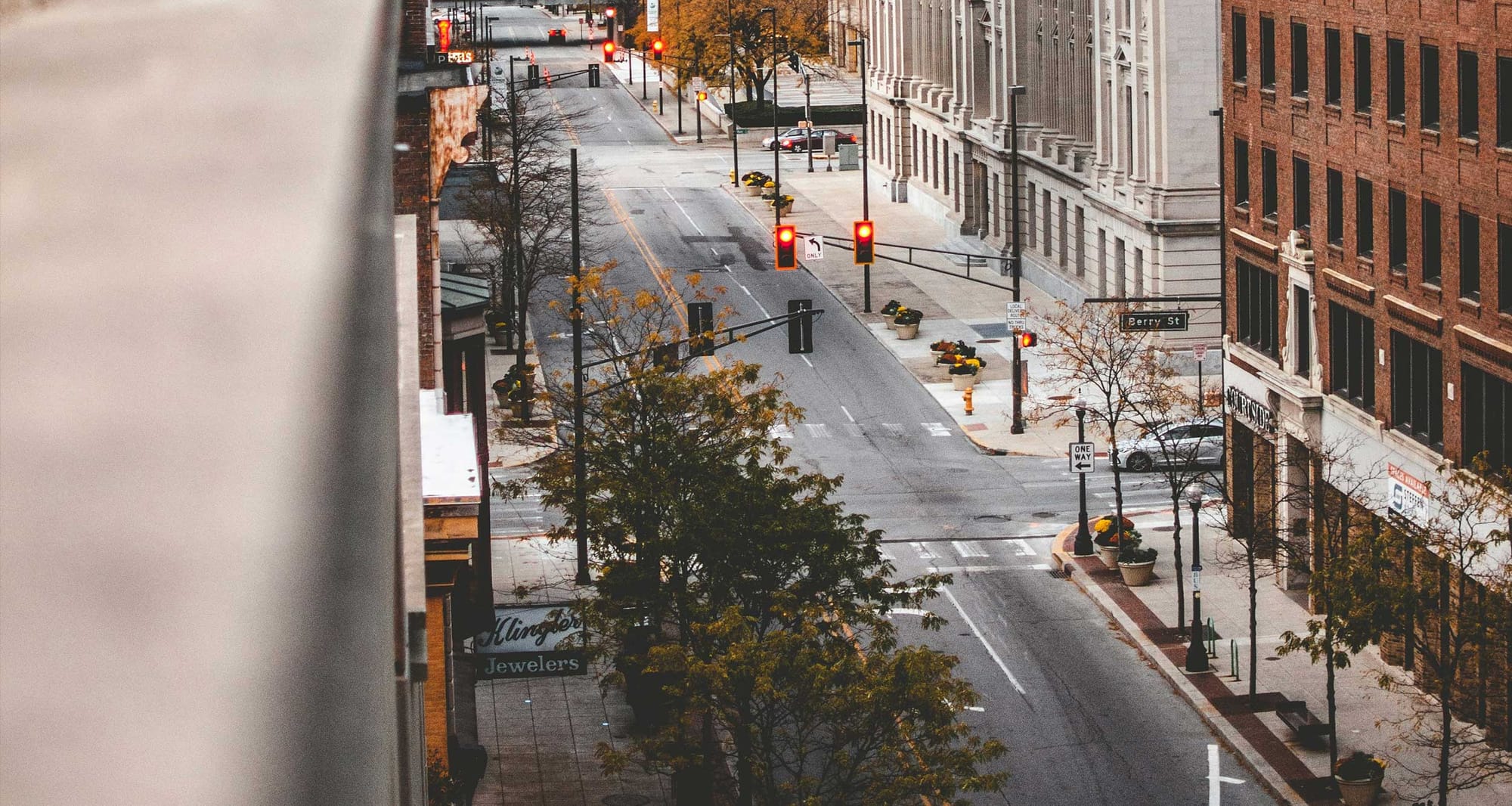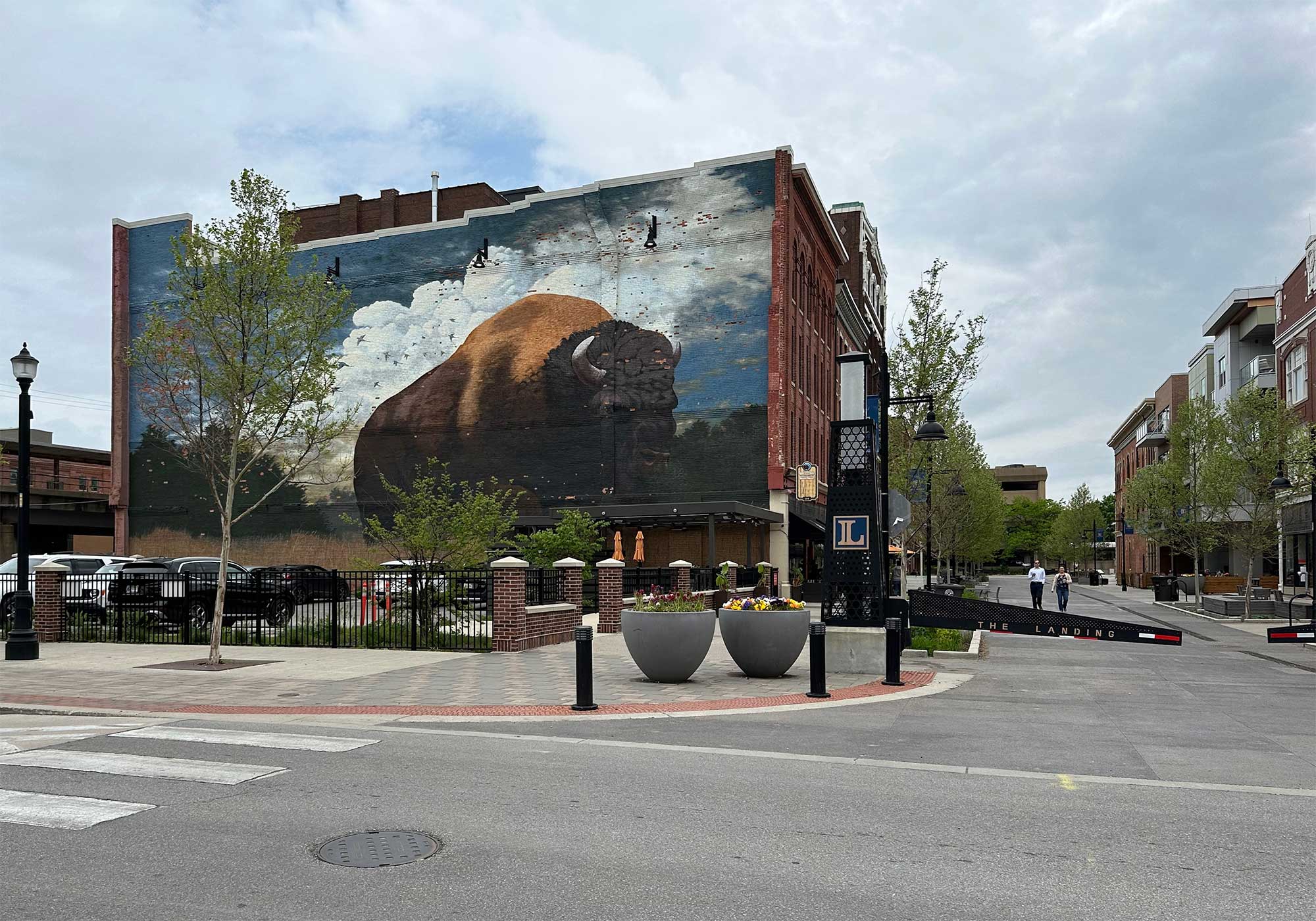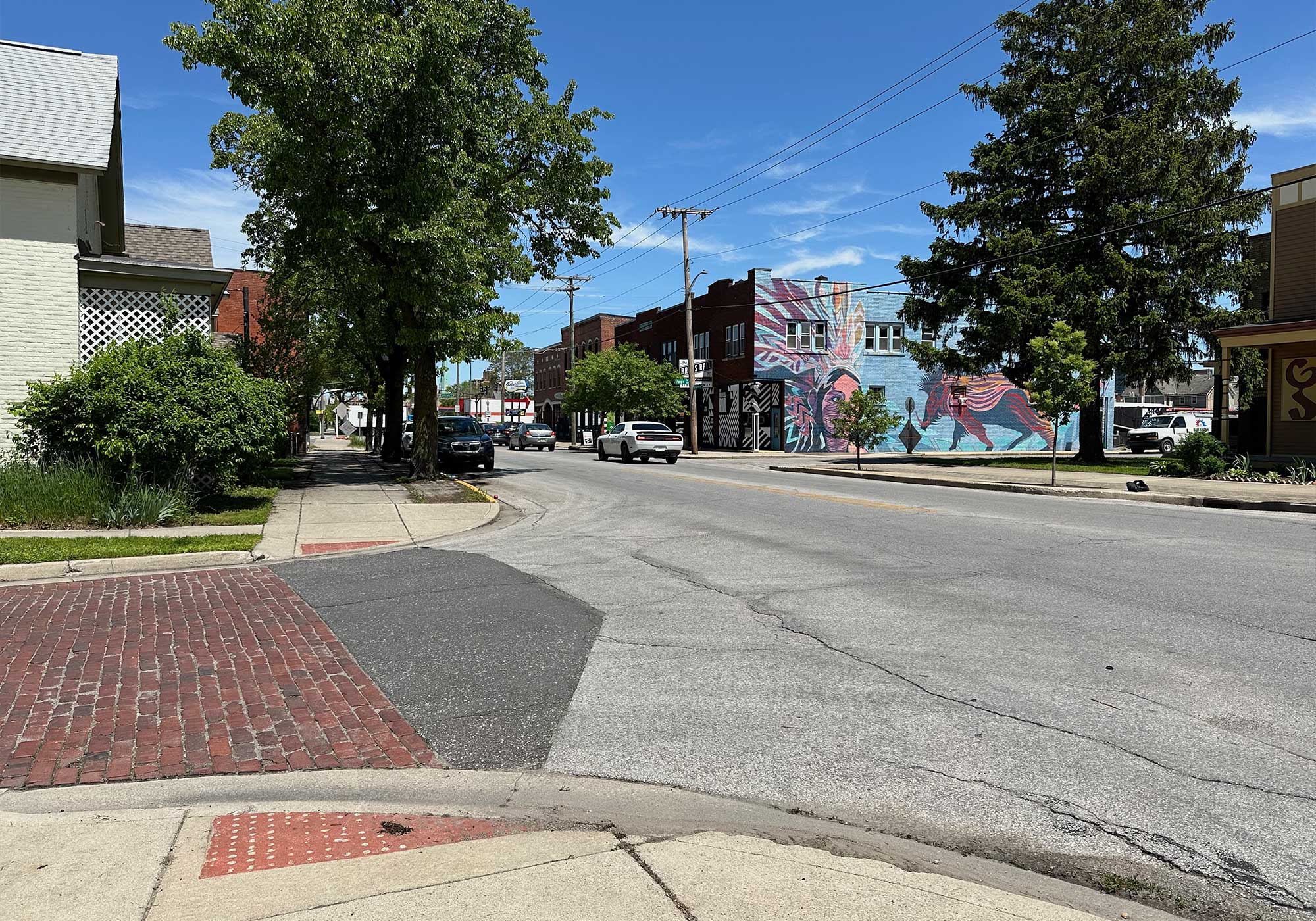
Fort Wayne is a historic city, but one that has seen tremendous investment in accessible infrastructure. The city’s 2014 ADA Transition Plan identified opportunities for improvement in sidewalk resurfacing and curb ramp installation/upkeep, and an annual budget of $250,000 was set aside for each. More than 1,100 miles of sidewalks are found within the city limits of Fort Wayne, and a 2012 study gave more than half of those sidewalks an “A” grade, with just 21% of sidewalks receiving a grade of “C,” “D” or “F.” While this data is more than a decade old, continued investment in pedestrian infrastructure has seen improvements in many areas of the city. Based on my recent visit, during which I conducted a sample of more than 25 miles of Fort Wayne sidewalks and curb ramps, I would consider these statistics to be representative of the current state of sidewalk accessibility.


Wheelchair users spending time in downtown Fort Wayne (and in major neighborhoods with touristic appeal) will find most streets and sidewalks manageable, even if not fully accessible or ADA compliant.
Accessibility features like curb ramps and crosswalk signals are commonplace. The quality of sidewalk pavements varies, with cement, brick, and stone tiles in use and in various states of repair. As is the case in many cities, the most accessible sidewalks are found in areas where construction has recently occurred, and in the city center.
I wheeled around the downtown core extensively, encountering little difficulty in navigating the city’s sidewalks and intersections with my power wheelchair. The downtown area, where most tourist attractions, restaurants and shops are found, was fairly level, with few hills or inclines to serve as barriers. Most visitors with wheelchairs will find the condition and accessibility of Fort Wayne’s sidewalks to be “above average” for a city of its size.
Relying on my extensive travel experience in the United States, I am confident in saying that Fort Wayne’s sidewalks, crosswalks and other pedestrian areas reflected a manageable, above average level of accessibility. There are no doubt opportunities for improvement, particularly in the area of sidewalk leveling (uneven pavements were the greatest barrier I faced). In 2024, the Fort Wayne City Council introduced a cost sharing program to improve sidewalks, in which property owners can split the cost of sidewalk repair with the city. The city has also embarked on a program that would “shave” concrete from uneven sidewalks, providing a temporary, interim solution that improves accessibility in the short term without requiring full replacement of impacted sidewalks.
It is always important for me to note that, in an accessible travel guide like this one, my focus is on sidewalk and curb ramp accessibility in areas visited by tourists, not in purely residential areas where sidewalk conditions have little impact on disabled tourists visiting a city. I encourage local residents to continue to advocate for sidewalk accessibility improvements that could make Fort Wayne a more inclusive and welcoming place to live and visit.



